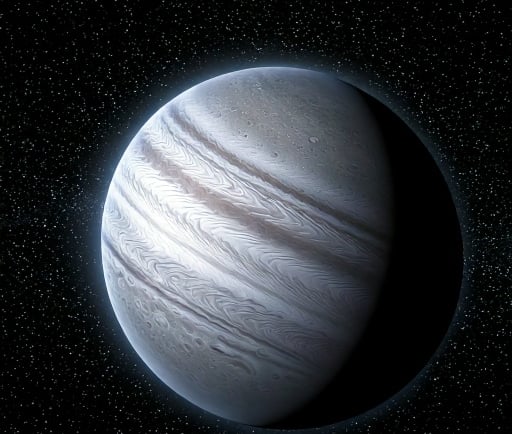The USCO 1556 A B: The Early Exoplanet


Introduction to USCO 1556 A B
The discovery of exoplanets has transformed our understanding of the universe, and among these celestial bodies lies USCO 1556 A B, a gas giant that has captivated astronomers. Orbiting a red dwarf star, this exoplanet is particularly fascinating due to its immense mass and the lengthy duration of its orbit.
Characteristics of USCO 1556 A B
USCO 1556 A B boasts a mass that is 15 times greater than that of Jupiter, which categorizes it as a super-Jupiter. This classification is significant as it indicates the presence of a substantial atmosphere composed predominantly of hydrogen and helium. Such a mass suggests that the planet has a compelling gravitational pull, enabling it to retain its gaseous atmosphere efficiently. The unique features and dimensions of USCO 1556 A B spark curiosity about its formation and evolution within the cosmos.
The Orbit of USCO 1556 A B
Another striking aspect of USCO 1556 A B is its prolonged orbital period. It takes approximately 360,656.2 years to complete a single orbit around its host star, a red dwarf with only 15% of the mass of our sun. The red dwarf's low luminosity contributes to this lengthy orbital cycle, as the exoplanet needs to cover a vast distance in its elliptical orbit. Such a duration challenges conventional ideas about planetary orbits and emphasizes the complexities of exoplanetary dynamics.
The study of USCO 1556 A B contributes to a broader understanding of gas giants in our galaxy. Researchers are continually analyzing the environmental conditions surrounding red dwarf stars to glean insights about potential habitability and the formation of planets like USCO 1556 A B. This exoplanet stands as a testament to the diversity of planetary systems in the universe and raises questions about life in various forms beyond our solar system.
In conclusion, USCO 1556 A B presents an intriguing case for scientists and astronomers alike. Its considerable mass, extended orbital period, and existence in a red dwarf system encompass critical elements in expanding our knowledge of the universe. As the exploration of exoplanets evolves, USCO 1556 A B will likely remain a focal point for future research endeavors.
